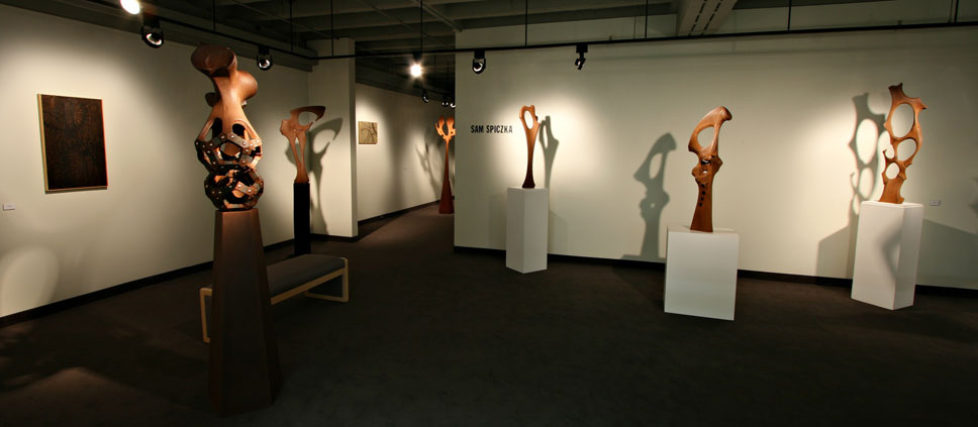
ARTIST’S STATEMENT
The gently rolling hills at the edge of the prairie where I grew up are composed of the blackest of soils, fertile and unforgiving. It’s hard to underestimate the impact this landscape has had upon me. That darkness is my foundation. Here, death is cultivated as readily as new life. Each spring, like clockwork, the darkness awakens and brings forth the lush green of fertile fields and forests. Each fall, the green fades and turns to rust, lying dormant once again.
It took a long time for me to realize the influence of this place. I see now that I attempt to evoke the same immediacy as well as inevitability in my work. And I realize that the conflict I experience here is the anxiety one feels upon burrowing deeper into a place – and into oneself. It is a conflict that you cannot describe as true, because it simply is. Like the crushing cold of a winter wind, it cannot be denied, it can only be endured. That it has become easier to endure, and possibly even ignore, due to modern conveniences does not deny this reality. That the international art community largely ignores this connection does not diminish its presence either. The rootless, disinterested chic of the Coasts is only a mirage here. It is a shimmer on the surface of a magazine cover – fleeting, tempting, and insubstantial – because I know that under my feet is a black void that can swallow me whole, as well as bring me to bloom, if I open myself up to it.
So I cultivate my sculptures like a careful farmer, invoking the forms of nature because they are my kin. I employ the industrial fabrication skills I learned from my father to impart to them a reality beyond my limited understanding. To do this requires not only consideration but craft as well. True craftsmanship is not empty flourish but a way of understanding, the type of understanding that can only come through experience and careful attention. Hands have their own intelligence, and the memory of their labor is vital to the character of the final piece. This awareness is even present in something as fundamental as the materials I choose. I use weathering steel because you can’t fight entropy. Instead, I seek to direct it. By using the rust that is inevitable, I create something which speaks for generations.
The most beautiful and evocative sound in nature, for me, is the call of a single crow on a still winter’s morning. At that most desolate hour comes a most poignant song, a lamentation and joyful cry at the same time. Beyond words, beyond justifications, beyond knowledge, the song simply is.
I can think of no better model for what a sculpture should be.

